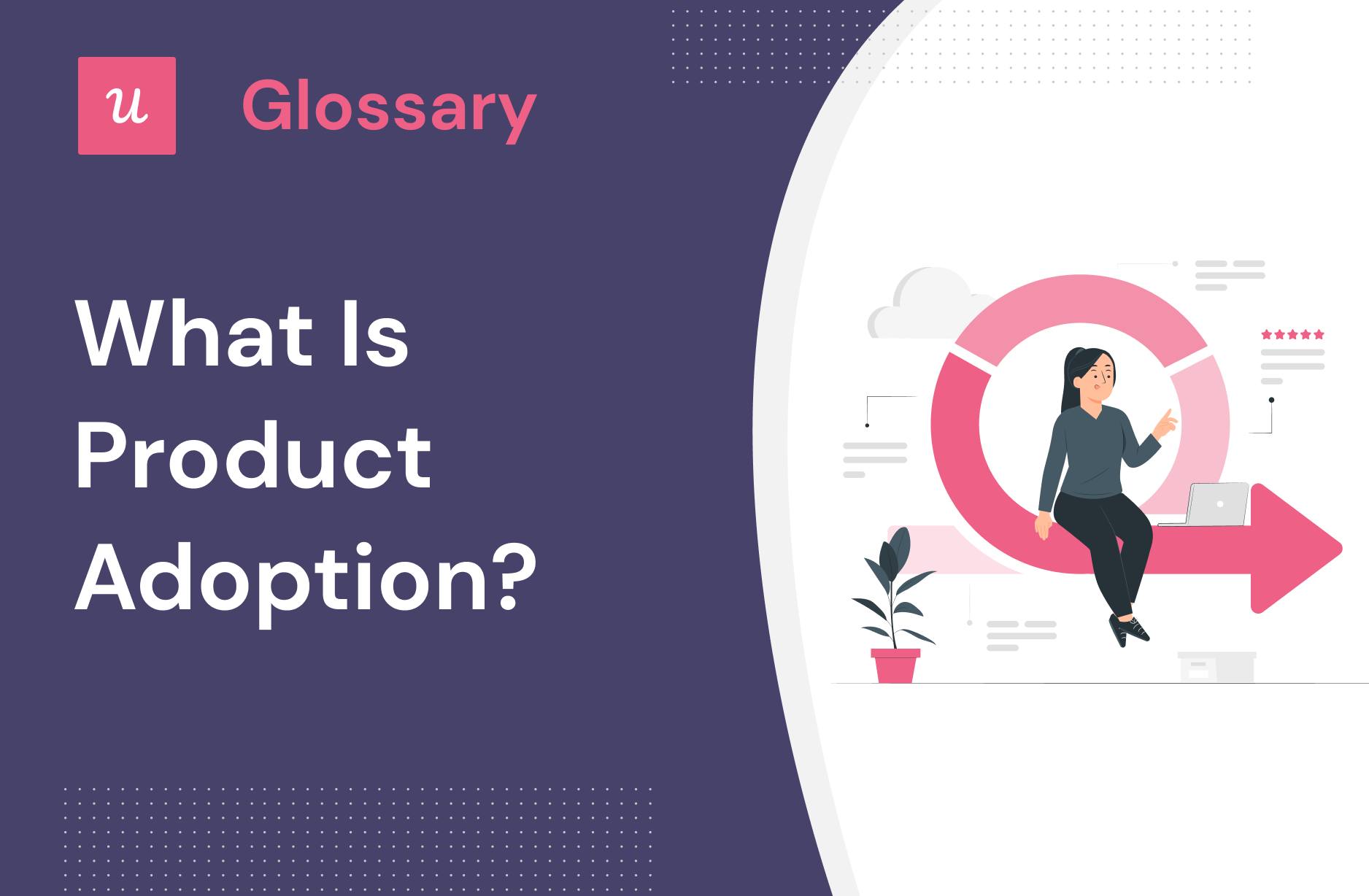What is Product Adoption?

Product adoption occurs when customers actively use your product to achieve their goals. This is important as it leads to heightened customer loyalty, successful upsells, and reduced churn rates.
Why is Product Adoption important?
Product Adoption isn’t just about user acquisition; it’s about making sure those users find value in your product. High adoption rates indicate that your product is solving real problems and meeting user needs. In turn, this increases customer satisfaction and reduces the likelihood of churn.
Do you need tools for Product Adoption?
Product adoption tools customize user experiences and help boost retention rates. Here’s what more they can do for you:
- Contextual onboarding: They provide timely support and helpful tips when users interact with a product for the first time. This is done through contextually placed UI patterns such as tooltips, hotspots, modals, and more to guide users. This is crucial for getting users activated (adoption can’t happen without activation).
- Drive feature adoption: In-app messages can deliver tips and announcements for features that have low usage or are newly introduced.
- Minimize churn: You can retain customers by providing fast and effective onboarding, as well as teaching them how to use your product to increase engagement and satisfaction.
- Decrease support queries: With in-product guides and quick access to resources, users can easily find what they need. This reduces the influx of support tickets.
- Data-driven Insights: These tools often provide analytics and data about user behavior and interaction with the product. Companies can use this information to refine their strategies and make informed decisions about product experiences.
What are the best tools for Product Adoption?
You may now believe that product adoption tools are the real deal. But the question is, which one to go for?
- Userpilot: The top choice for SaaS companies, offering personalized, contextually relevant in-app experiences without coding, along with customer feedback, product usage analytics, and in-app resource center features.
- UserGuiding: An affordable onboarding tool for startups, it enhances customer adoption with a diverse feature set.
- Appcues: A no-code platform tailored for non-tech teams, it simplifies tracking and analyzing product usage and stands out for its user-segmented onboarding tours.
- Chameleon: This one’s for you if customer feedback and onboarding resources are on your priority list. However, some tech knowledge is required to use it.
- Pendo: Comprehensive digital adoption platform that excels in analytics, in-app feedback, and onboarding features. It is ideal for enterprise companies since it’s an expensive product.
What are the must have features of Product Adoption tools?
When exploring product adoption tools, look for ones that are user-friendly and integrate well with your existing tech stack. Here’s what you should look out for:
- In-app resource center: A searchable knowledge base with resources like FAQs, video demos, and user manuals can help answer user questions.
- User segmentation: Personalize onboarding experiences by segmenting users based on company size, behavior, roles, and use cases to increase product adoption rates.
- User analytics: Effective user analytics features provide data on user behavior – revealing user activities, popular features, and potential drop-offs in the customer journey.
- Feedback collection: Tools that allow customization of surveys and feedback widgets can help you understand your users’ feelings and guide product improvements.
- Integrations: An ideal product adoption tool should integrate smoothly with other tools and systems in your tech stack, ensuring a cohesive experience and uninterrupted data flow.
Check out how Userpilot helps you with Product Adoption!


